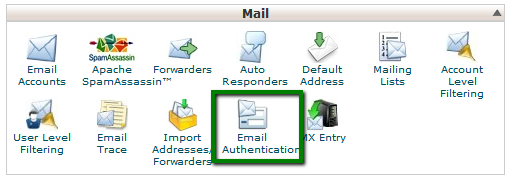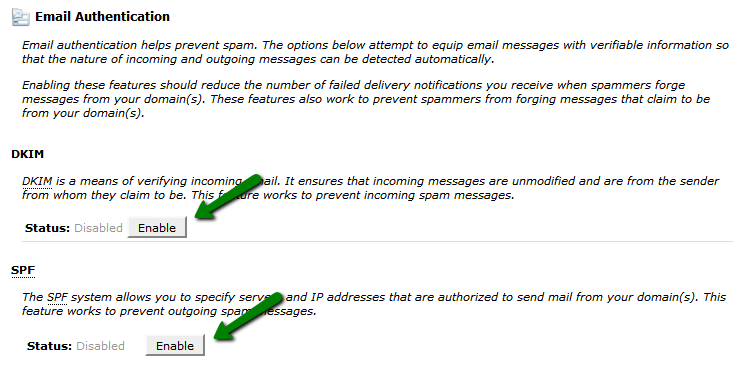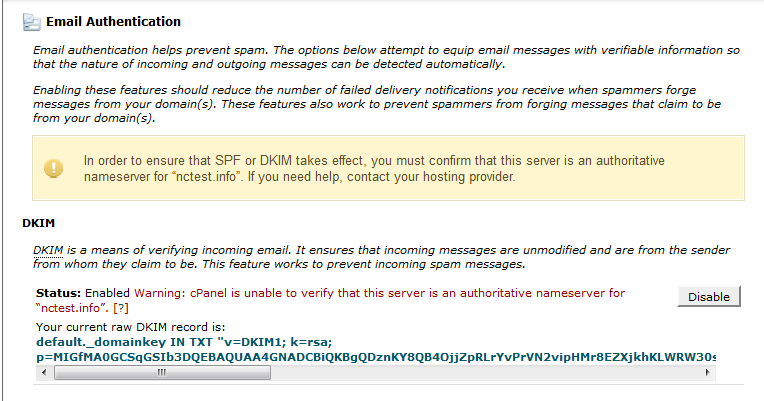6 Steps to protect yourself against SPAM
1/ Enable SpamAssassin 
Firstly always enable SpamAssassin in your cPanel!
https://ausweb.com.au/tutorials/enabling-spamassassin-in-cpanel/
2/ Protect your email address
Never display your email address on public forums or websites. Spam bots crawl and scan random website pages for email addresses. These bots harvest the email addresses they find and use them for spam mailing lists.
Always use and online contact form on your website rather than display your email address on your site.
3/ Always use a CAPTCHA
Make sure to use a CAPTCHA to protect your online form.
4/ Use a secure password
Insecure simple passwords are a common issue with email spam, always use a secure password with at least 8 digits including upper and lower case letters and numbers.
5/ Disable Catch-all email address
A catch–all email account is an address that is specified to receive all messages that are addressed to an incorrect email address for a domain.
Always disable catch–all email addresses to avoid any mayor SPAM
6/ cPanel Email Authentication Tool – SPF Records and DKIM Records
Email Authentication is an effective set of anti-spoofing and anti-spamming tools available in cPanel.

It consists of two major components – SPF and DKIM records setup.
Click on Enable and the records will be added to the DNS zone of *all* hosted domains automatically

NOTE: you may see the following warning about authoritative nameservers right after enabling

Allow some time to pass for the records to propagate and refresh the page afterwards.
The warnings should go away and DNS checks will be passed
Nowadays the vast majority of spam emails have fake data in the «From» field. Spammers and fraudsters use special tools to send their mail on behalf of a real owner of the e-mail address.
SPF record (acronym for Sender Policy Framework) is an effective and simple method which lets you avoid such issues. If your domain name has correct SPF record then you can be sure nobody is able to send fake e-mails on behalf of your domain name.
The main idea of SPF record is that an owner of domain name publishes the information about IP addresses that are authorized to send mail from this domain name. The receiving server compares the information in the envelope sender address with the information published by domain name owner. If these details match then e-mail is delivered.
NOTE 1: sometimes cPanel automatically fetches incorrect server outgoing IP address. This happens when we have to change outgoing mail IP due to poor mail reputation or blacklists.
NOTE 2: SPF record has its own specific syntax. It is strongly recommended to get familiar with SPF record syntax documentation if you are going to customize the record manually.
NOTE 3: SPF record is added to your domain DNS zone as TXT record. There are cases when you need to add another TXT record to verify your domain name ownership for some service. It is *not recommended* to modify existing SPF record, it is better to add a new one instead.
DKIM (DomainKeys Identified Mail) is another way of e-mail authentication. This method uses information about domain which is published by the domain owner. That information allows receiving server to verify if the e-mail message was sent by legal owner of that domain name.
Once TXT record which contains DKIM has been added to DNS zone a special code is added to the headers of outgoing e-mails. Receiving servers compare these headers with the information in DNS zone and if it matches then the e-mail is delivered.
NOTE: DomainKeys(DK) and DomainKeys Identified Mail (DKIM) are separate things.
DomainKeys(DK) are not available on our shared servers as DK implementation was converted to DKIM and extended in a number of ways as of Cpanel 11.32 and later releases.
Some of the differences between DomainKeys and DKIM include:
– Multiple signature algorithms (as opposed to just one available with DomainKeys)
– More options with regard to canonicalization, that validates both header and body
– The ability to delegate signing to third parties
– The ability for DKIM to self-sign the DKIM-Signature header field – to protect against its being modified
– The ability for wildcard option on some parameters
– The ability to support signature timeouts in DNS
If having DomainKeys for you is a must, we suggest upgrading to VPS/Dedicated server where you will be able to setup this feature.
These simple actions will let you be sure that no one is able to send spam on your behalf and your e-mail will not be delivered to spam folders

